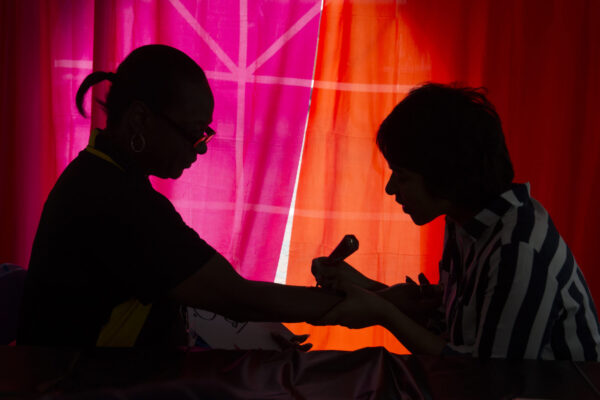Federal Reserve Issue Briefs Look at Impact of Student Borrowing on Home Ownership, Rural Students
Source: Federal Reserve
The inaugural issue of the Federal Reserve’s new series of briefs, Consumer & Community in Context, features two articles on student loans.
The first article discusses the effects of student loan debt on home ownership rates among young adults. Key findings include:
- Between 2005 and 2014, the home ownership rate of 24- to 32-year-olds declined by 8.8 percentage points. Comparatively, the decrease in home ownership for the overall population was 3.9 percentage points.
- Twenty percent of the decreased rate of home ownership among 24- to 32-year-olds is explained by the increase in student debt. This represents over 400,000 youth that would have owned a home in 2014 absent of the increase in student debt.
The second article discusses the effects of student loan debt on rural students. Key findings include:
- Rural student borrowers were more likely to leave rural areas than those who did not borrow. Within five years of entering the Equifax/Federal Reserve Bank of New York Consumer Credit Panel, 52 percent of rural student loan borrowers still lived in rural areas, compared with 66 percent of non-borrowers.
- High-balance borrowers were 41 percent less likely to remain in rural areas (36.9 percent) compared with the lowest quartile of borrowers (72.7 percent).
- Rural student borrowers who moved to metropolitan areas paid down their student loans faster and were less likely to be delinquent on their loans. Within three years of entering repayment, student borrowers who moved to a metropolitan area had paid back twice as much of their student loans (20.2 percent) than students who remained in a rural area (9.5 percent).
To read both briefs, please visit the Federal Reserve website.
—Georgiana Mihut
If you have any questions or comments about this blog post, please contact us.

